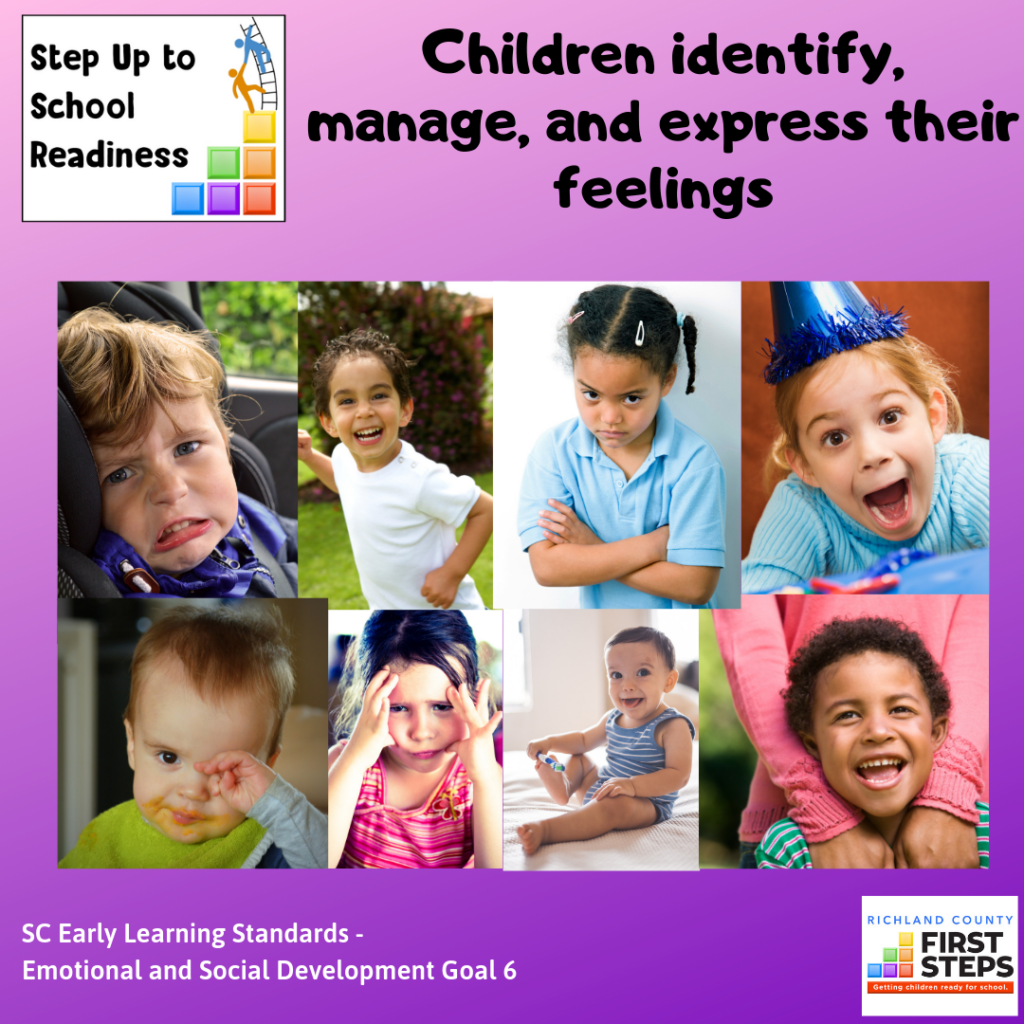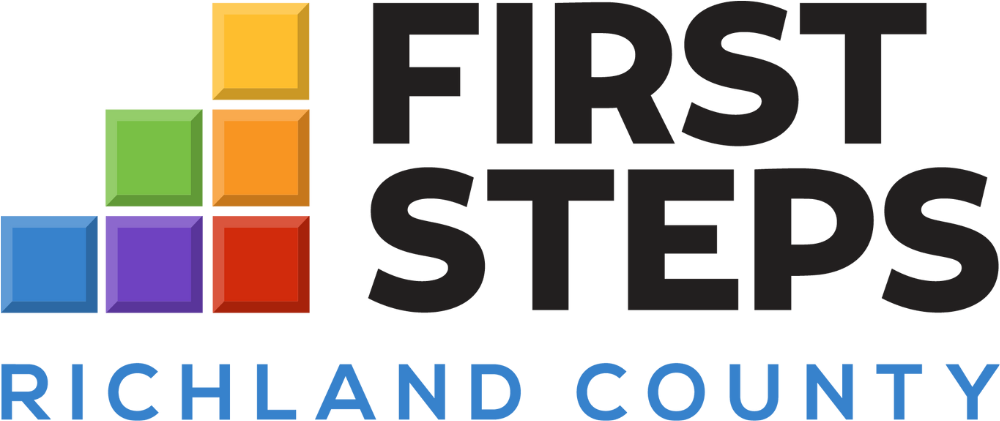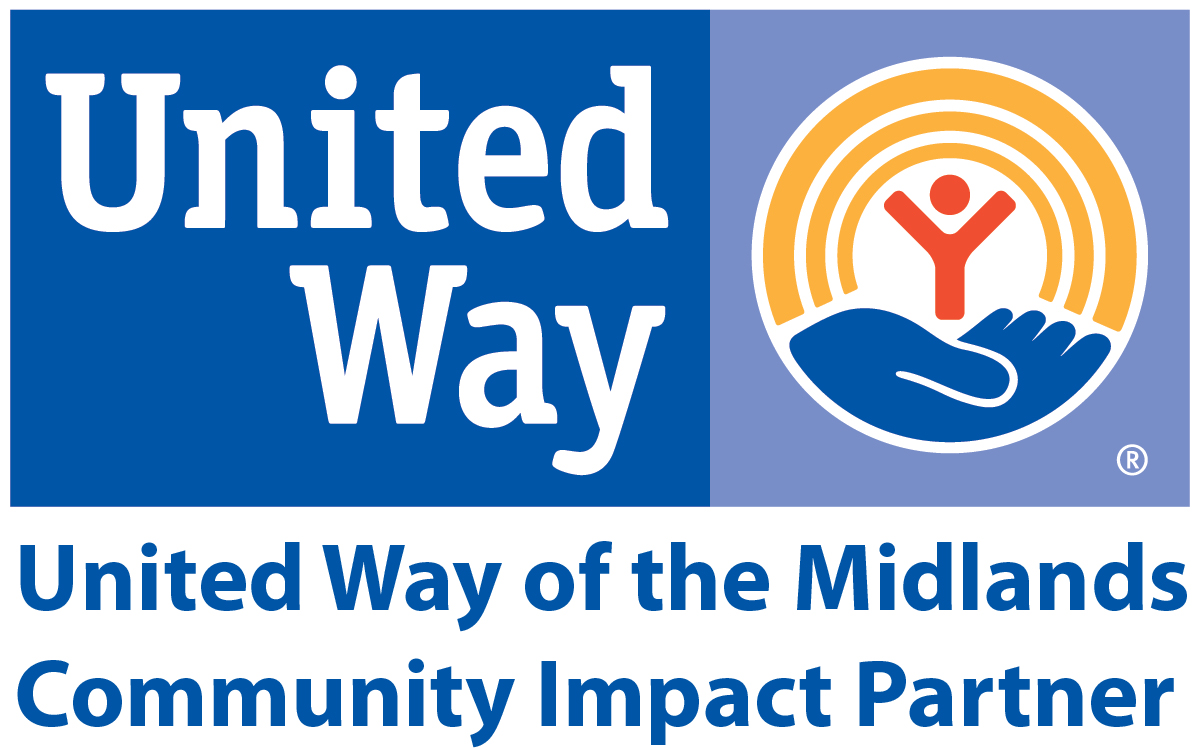
DOMAIN: Emotional and Social Development
SUBDOMAIN: Learning about Feelings
DEVELOPMENTAL INDICATORS
Infants (Birth to 12 months):
- Express a range of emotions (happiness, sadness, fear, and anger) with their face, body, and voice.
- Show when they feel overwhelmed or are in distress or pain (cry, yawn, look away, extend arms or legs, arch their body, fuss).
- Soothe themselves (suck thumb or pacifier, shift attention, snuggle with a soft toy).
Younger Toddlers (8 to 21 months):
- Express a range of emotion (happiness, sadness, fear and anger) with their face, body, and voice.
- Use body language, facial expression, and sometimes words to communicate feelings (clap when happy, pout and hunch shoulders when sad, shout “Whee!” when excited).
- Separate from a parent or main caregiver without becoming overcome by stress.
- Find comfort and calm down in a familiar setting or with a familiar person.
Older Toddlers (18 to 36 months)
- Express a range of emotions (happiness, sadness, fear, anger, disgust, tenderness, hostility, shame, guilt, satisfaction, and love) with their face, body, vocal sounds, and words.
- Communicate to make needs known.
- Manage emotions and control impulses with guidance and support (Say “I don’t like that!” instead of hitting; wait by door instead of running ahead when excited to go out).
- Display emotional outbursts less often.
Younger Preschoolers (36 to 48 months)
- Express a range of emotions (happiness, sadness, fear, anger, disgust, tenderness, hostility, shame, guilt, satisfaction, and love) with their face, body, vocal sounds, and words.
- Use a variety of words or signs to express and manage feelings more clearly.
- Describe reasons for their feelings (“I’m sad because Grandma’s leaving.” “That makes me mad when you do that!”).
Older Preschoolers (48 to 60+ months)
- Express a range of emotions (happiness, sadness, fear, anger, disgust, tenderness, hostility, shame, guilt, satisfaction, and love) with their face, body, vocal sounds, and words.
- Independently manage and express feelings effectively most of the time.
- Use a larger vocabulary for talking about different feelings (“I’m frustrated with that puzzle!” “I’m excited about our trip.”).
- Give reasons for their feelings that may include thoughts and beliefs as well as outside events (“I’m happy because I wanted to win and I did.”).
- Use problem-solving strategies when feeling angry or frustrated.
Click here for more on Step Up to School Readiness and the SC Early Learning Standards.

